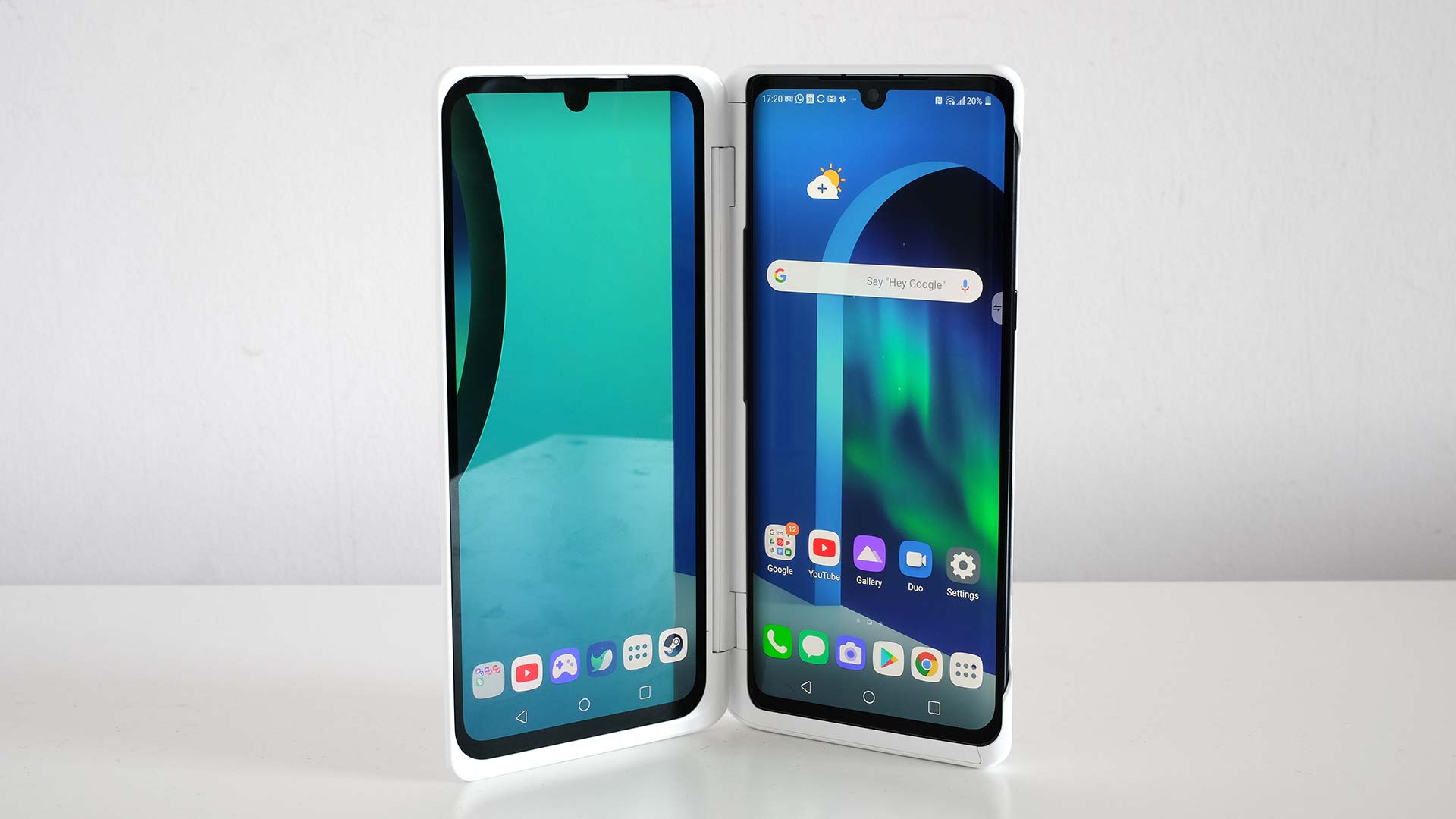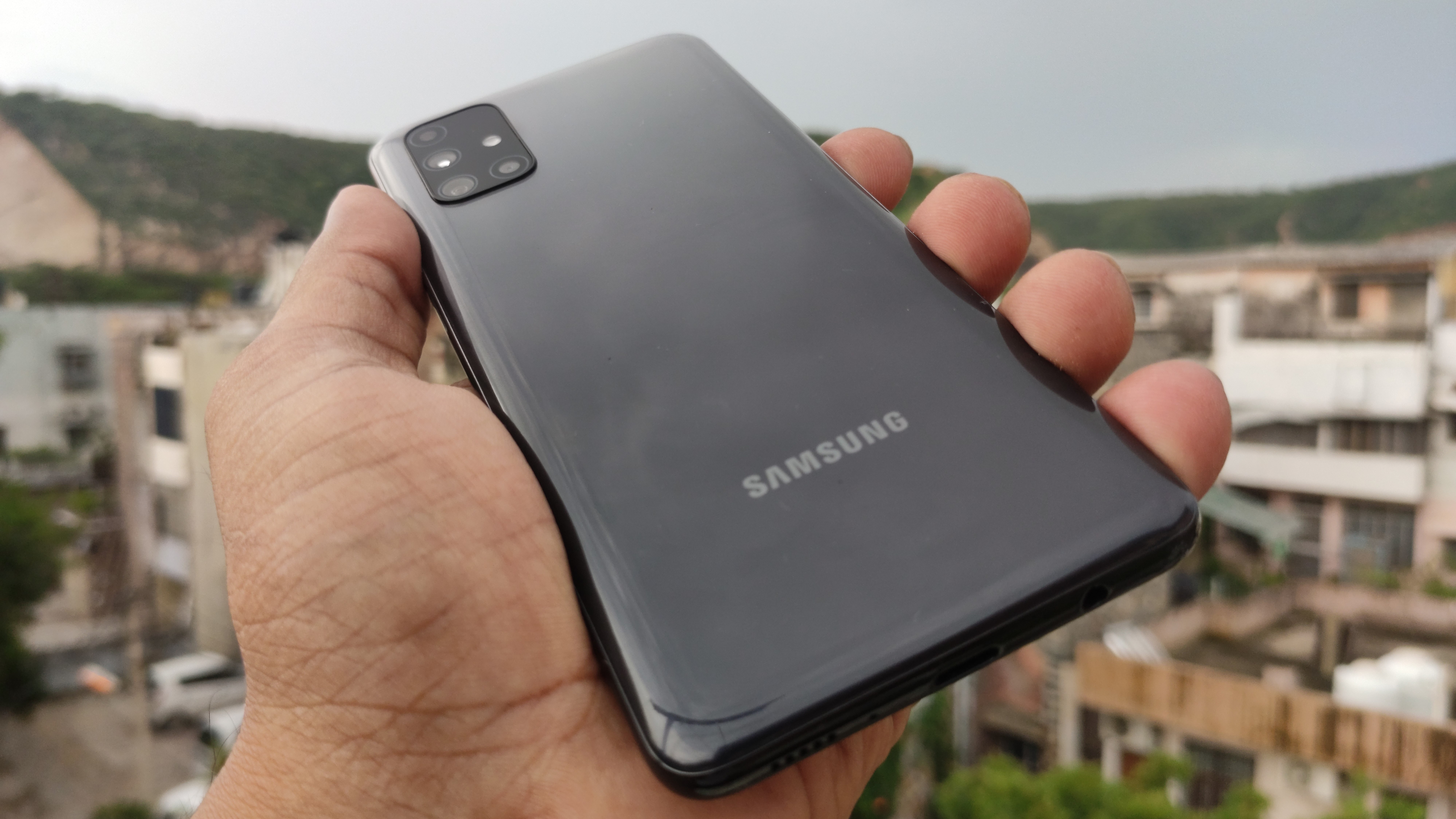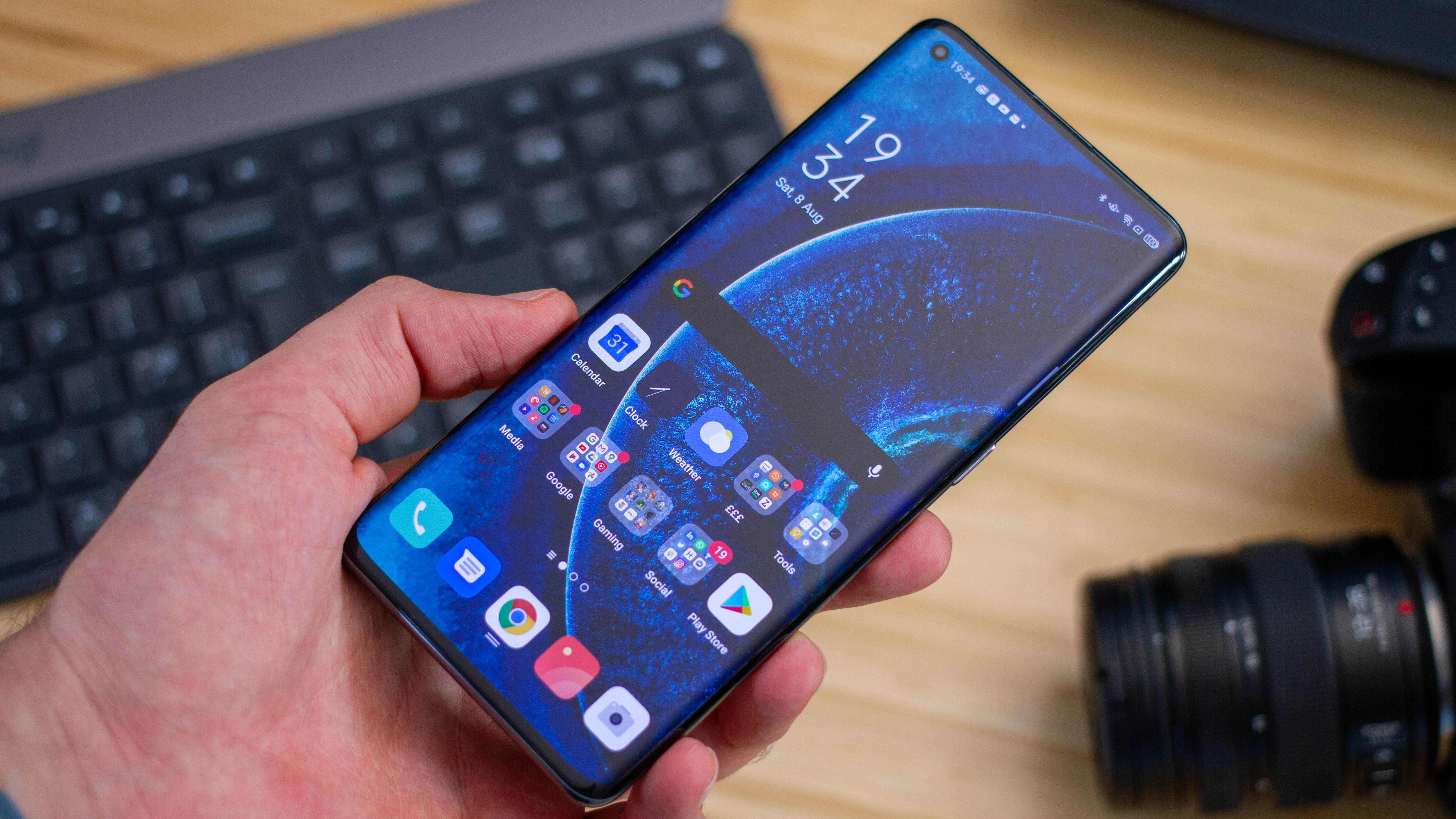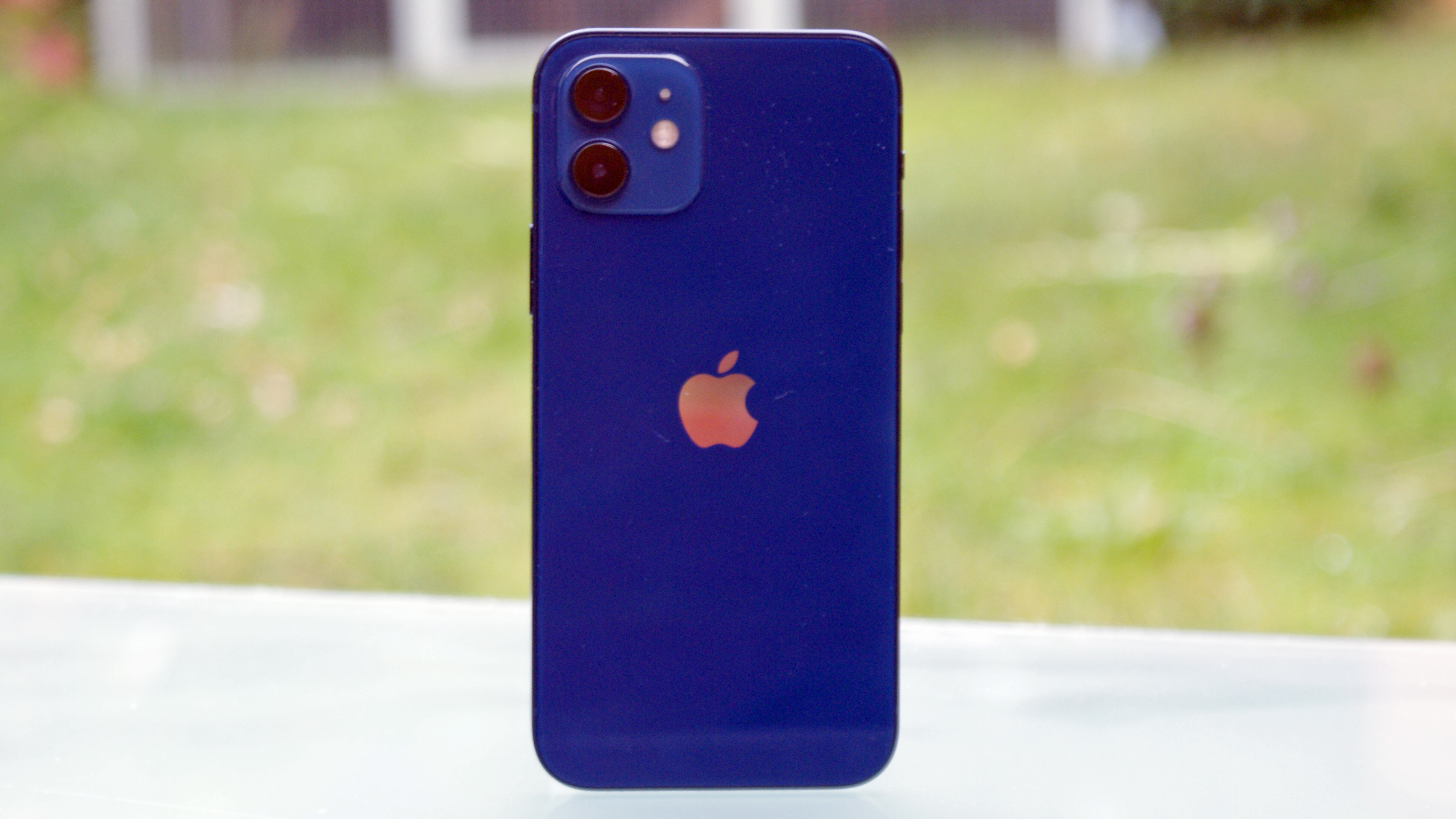Technology evolves at a rapid pace. So are the trends associated with it. However, if you are like me, and were made to sit in a corner and re-assess the year that went by, in terms of technology and smartphones, you’d surely be ecstatic with the advent of new form factors that sneaked up now and then. You’d also be happy to see how foldables are becoming mainstream and the misnomer of calling a device flagship only if it has flagship internals has slowly but surely started to fade away.
Also, you’d recall some trends as well as specific devices that you’d not want to see getting carried forward in the next year. And while you’d find a ton of pieces around the initial two thoughts, let us look at the devices or ideas that failed to make an impact.
Some of these phones or ideas are incomprehensible that it takes time to understand what the brand was looking to do and you just hope that other companies do not pick this idea because if Apple does something, a lot of brands simply emulate it. Yes, we do have Apple in our list too, apart from a few others.
- Year in Review: Cool Gadgets of 2020, and they aren't smartphones
- 2020 in mobile games: Genshin Impact, Among Us and Xbox on your phone
Not so smart ideas of 2020

OnePlus Nord
To understand this, we will have to go a few steps back and see how the brand started and how it gained so much momentum that OnePlus’ phones became one of the most liked premium phones in the country in such a short period.
OnePlus phones have been a crowd favourite ever since the first one was launched. The idea of offering flagship-grade specifications packed in a decently (affordable) priced package made a lot of sense and the brand was an instant hit not only in a price-sensitive market like India but in various other countries. This was further helped by the brand's aggressive marketing strategies as well.
While OnePlus was able to sell in numbers, however, to remain profitable the company had to increase prices and thus moved away from the affordable flagship tag as well.
Come 2020, we heard various rumours that the company is coming a full circle and despite its co-founders refuting the idea multiple times, OnePlus Nord was launched.
OnePlus said that it heard the feedback from the community and wanted to fill the void created by it moving towards the premium segment. Ironically, the company never heard the voices of the same community around topics like removal of the headphone jack, wireless charging, better camera, and IP ratings.
Regardless, the Nord lineup was supposedly created to offer affordable premium devices a-la good old OnePlus, instead, the devices that we are seeing under this lineup have lots of plastic with designs that appear to be rehashed Oppo phones. If you look closely, you may find similar devices under both Oppo and Realme brands.
That said, there is no harm in the rebranding of devices, however, are the users just paying a premium for the skin?
There is no denying that staying commercially profitable is important for any brand. However, OnePlus could’ve done much better especially when the bar of expectation has been set so high thanks to some really good devices. Because one only expects the best from the company - that claims to be “different” and “community-driven.”

LG Velvet
The last few years have not been great for the South Korean company and everyone wanted them to bounce back. The company has been known for doing things differently, being innovative and a risk-taker. Its phones had been unique and the company had a different perspective. For instance, the LG G5 – a semi-modular device - might’ve failed, however, I loved the idea of adding features according to my preference.
Another such idea is LG’s take on foldable devices. It added a secondary display that can be removed when not in use. It took the company multiple iterations to perfect it and we’ve had the LG G8X that sold in numbers during the recent festive sales. And who can forget this years’, LG Wing. Though to a certain extent, these innovative devices are not everyone’s cup of tea but for enthusiasts and tech lovers, these are nothing less than a piece of raw gold.
Coming back to the LG Velvet, the phone that is a part of LG’s renewed vigour to focus on flagships, is a beautiful device to start. A marvel to look at thanks to its gorgeous display, 3D Arc design, beautifully designed camera setup (without a bulge) and the shiny rear panel. However, a smartphone cannot sell just with its looks and it would be too much to ask for from the users especially when the company is offering a two-year-old chipset that would barely latch onto a 4G network at a price point of Rs. 50,000 (Rs. 36,000 without the dual-screen).
If you look at the global variants of LG Velvet, you’d find them 5G ready with MediaTek Dimensity 1000 series or Qualcomm’s Snapdragon 765G chipset while the Indian variant rocks a Snapdragon 845 chipset that was introduced in 2017.
We tried to get our heads around this weird logic and tried to understand their thought process behind the pricing but failed to do so. Guess what, we’ve even tried getting in touch with LG’s executives to understand this better but have failed so far. Hence, even though we would’ve liked it otherwise, the LG Velvet makes its presence felt in this list thanks to its dated processor and bizarre pricing.

Samsung Galaxy M31s
Samsung has, in the past, been criticized for similar tactics. Their phones would often omit a sensor here and there or were repacked devices with a different branding but extremely minor changes. The Galaxy M31s released earlier this year was a perfect example of a device that shouldn’t have been launched.
With features almost similar to the Galaxy M31 launched almost 6 months go and with minor upgrades in terms of specifications but a massive increase in the pricing suggested that Samsung was back to its old ways.
Another thing that Samsung could’ve done was to change the processor. The Exynos 9611 has been literally powering around 30 other Samsung phones (including variants) across the price range.
No, we are not saying that making many phones with the same chipset at the core is wrong, but this could result in an overkill. Agreed that Exynos chipsets are Samsung’s in-house production and are available in abundance to the company. However, the fact that the phone was out of stock for a long time right after the launch and later on as well is outrightly confusing.
It also hints that the M31s was ideally destined to bridge the cost gap between the Galaxy M31 and the Galaxy M51 and to ensure that the M51 at Rs. 24,999 doesn’t feel costly.

Samsung Galaxy Note 20
Another device from Samsung but this time it’s more into the flagship category and has its dubious reason to be present here. The Samsung Note 20 Series consists of two devices – the vanilla Note 20 and the powerhouse Note 20 Ultra. While the latter is a sort of powerhouse that comes with almost all the top end features packed in a massive display with high refresh rates, a great camera setup, built with premium materials, is 5G capable and is priced exorbitantly just like any other flagship phones that came out this year.
The Note 20, despite being the regular variant of the Note lineup this year, seemed like a device that is devoid of all the marquee features just to ensure the Ultra grabs all the limelight. A plastic build, lacklustre camera array, a vanilla 60Hz flat display meant that the Note 20 was just created to make the exorbitant price tag of the Note 20 Ultra look sensible.
Our review of the Note 20 sums up the phone as “This phone doesn’t just have a lesser camera array and a smaller screen than the Note 20 Ultra; its back is plastic, the screen is lower-res and dimmer, and the flat front doesn’t provide the same flagship finesse.
Back in the day, companies used to launch only one flagship phone and probably announce a lite variant later on and both the devices justified their prices offering value for the hard-earned money. Later brands started launching multiple variants at the same time that included a base variant, a stripped-down Lite variant and the Ultra or a Pro variant – this one could be called as the one on steroids.
This strategy still made sense as it offered something to the buyers regardless of the device they buy. However, with the Note 20 series, Samsung has started taking the users for granted and this new trend that makes the original Note 20 nothing more than a gimmick and anyone who purchases the vanilla Note 20 will feel incomplete.
As we draw close to the end of the year, we hope that other brand do not seek inspiration from this trend, which just added numbers without creating value for the brand in the eyes of the users.

Apple iPhone 12
The year 2020 will be remembered as one when even Apple felt the pressure of low sales and declining demand and for the first time. The Cupertino-based company launched not one but 5 phones in one calendar year. One iPhone SE 2020 and four iPhone 12 variants. That’s right – 5 different iPhones but you’d be wrong if you were expecting a technology breakthrough, or an entirely new design.
Instead, what you get is an iterative update, increased price and a design that is well, not new as well. As the Android world is looking for ways to hide the front-facing camera, the size notch on the iPhone has remained unchanged. The design itself seems to be borrowed from the iPhone 4 that came ages ago and immediately reminds you of a song from a Hindi movie that goes like - “naye packet me bechein tumko jeans purani”
According to reviews, with sharp edges, the iPhone 12 is highly uncomfortable for a longer period and bigger ones like the Pro and Pro Max are even more difficult to grip.
Agreed that there is a lot of tech that has been crammed into that small space and without a fingerprint sensor the only biometric security that Apple devices get is hidden under this notch. However, even after multiple iterations, Apple has not focused on a way to reduce the size of this notch. There is an argument that the notch grows on you and you hardly notice it over time but it is still an eyesore and sadly no one talks about it anymore.
Another major gripe with the latest iPhones is that the iPhone 12 Pro Max is the most powerful device and has all the latest features while the other variants feel like a dated design packed in a new box with some nominal updates.
With 5G connectivity present across the board, it feels good that Apple is finally aboard the 5G train but paying a premium for a technology that you cannot use in India, at least for the time being, does not make sense. Also, the introduction of MagSafe is another hint of an iPhone without a charging port. Heck, Apple has already removed the charger from the box, the charging port is soon going to vanish like the headphone jack.
from TechRadar - All the latest technology news https://ift.tt/3pC1ssJ



No comments:
Post a Comment